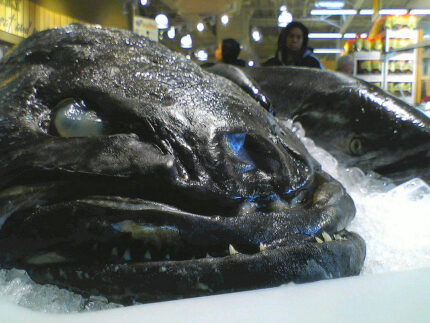Description
Quails are small, ground-dwelling birds that belong to the pheasant family, Phasianidae. Known for their distinctive, plump bodies and short tails, these birds are often recognized by their striking plumage, which varies among species but typically includes a mix of browns, blacks, and whites that provide excellent camouflage in their natural habitat. Quails are found in various regions across the world, from the grasslands of North America to the dense underbrush of the Mediterranean. Their ability to thrive in diverse environments makes them a fascinating subject of study for ornithologists and bird enthusiasts alike.
In addition to their ecological significance, quails hold cultural and culinary importance in many societies. They are often hunted for sport and are considered a delicacy in various cuisines, celebrated for their tender meat and rich flavor. Quail eggs are also prized in gourmet cooking and are often featured in salads, appetizers, and traditional dishes. The practice of raising quail in captivity for both meat and egg production has grown in popularity, reflecting a burgeoning interest in sustainable and small-scale farming.
Behaviorally, quails are relatively social birds, often found in small coveys that provide safety in numbers. Their unique mating rituals involve elaborate displays by males, including intricate calls and physical posturing to attract females. Despite their small size, quails are known for their resilience and adaptability. They can evade predators through their quick, explosive flight and are capable of residing in diverse habitats, such as grasslands, scrublands, and even agricultural fields. As a vital part of their ecosystems, quails contribute to seed dispersal and serve as prey for various larger predators, highlighting their importance in maintaining the balance of nature.
















